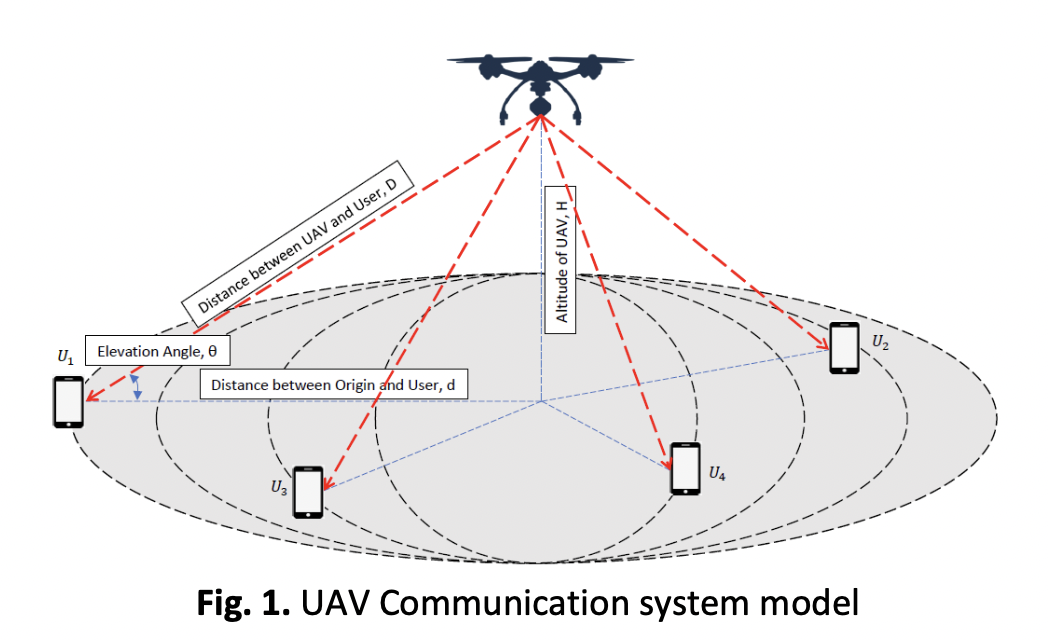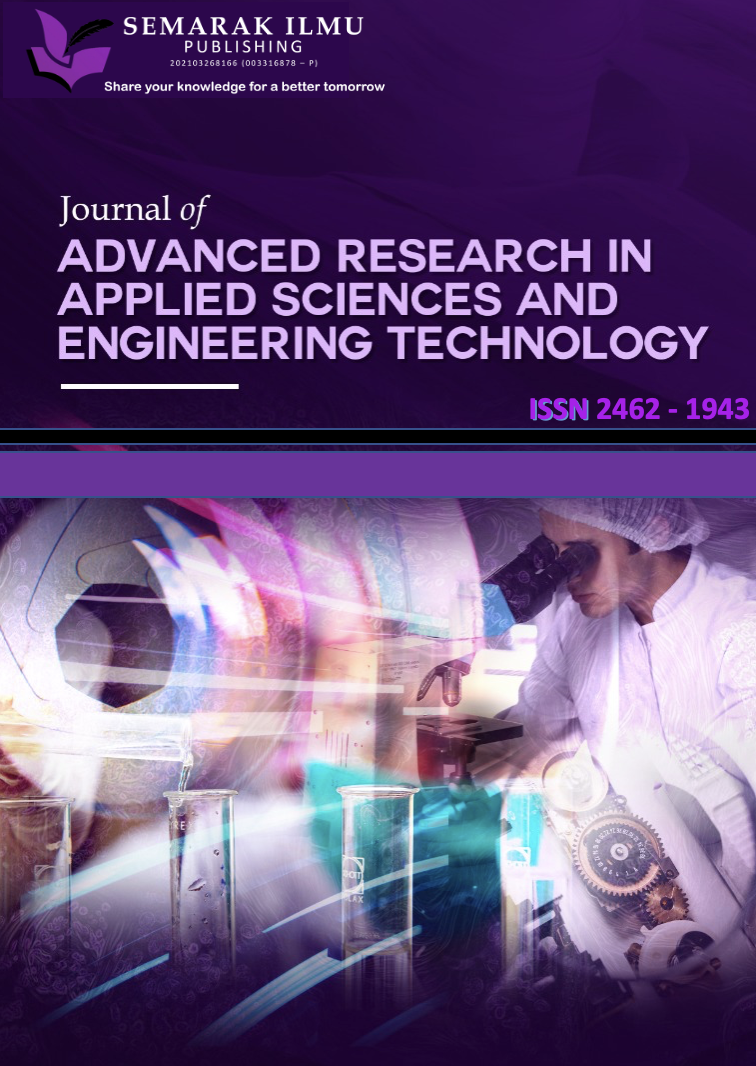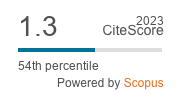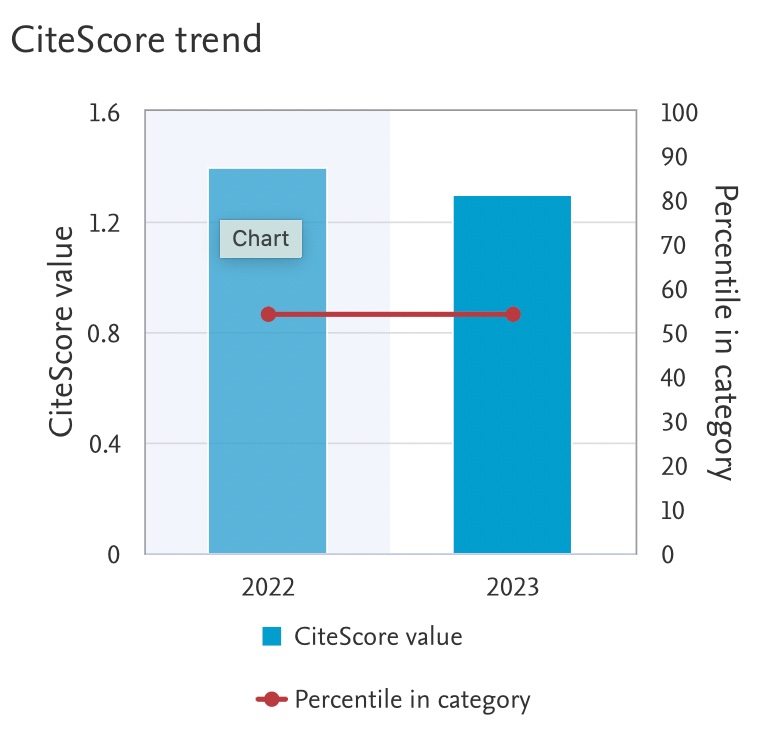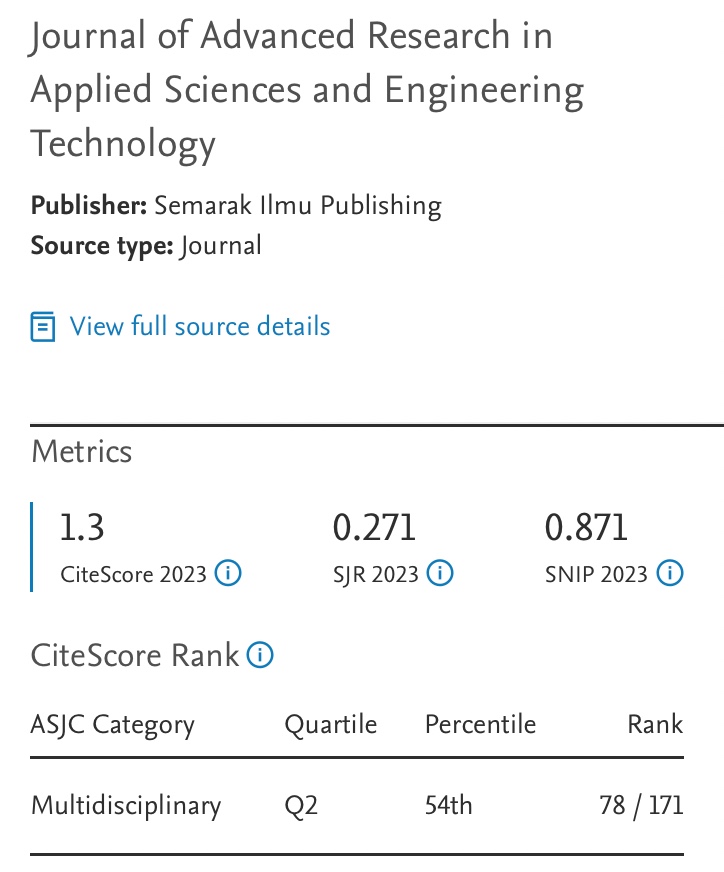Spectrally Efficient UAV Communications using Non-Orthogonal Multiple Access (NOMA)
DOI:
https://doi.org/10.37934/araset.43.1.227242Keywords:
UAV communications, NOMA, OMAAbstract
Non-orthogonal multiple access (NOMA) scheme with its share of benefits such as spectral efficiency and simultaneous support of massive connectivity, is one of the keys enabling technologies for upcoming 5G. However, in the context of UAV-assisted communication, existing literature mainly focuses on conventional orthogonal multiple access (OMA) which limits the spectral efficiency and number of simultaneous connections. Existing technologies are using LTE that only can serve 1 user per resource block. The user capacity nowadays is increased, so the existing technologies should be improved to higher user capacity such as 4 users per resource block. This research project focuses on the design of NOMA scheme for multiple users aiming to maximize the system capacity and spectral efficiency of Unmanned Aerial Vehicle (UAV) hotspot with baseline model and to simultaneously support mobile users. The proposed NOMA multi-users model is then compared with baseline model of 2 users per resource block in NOMA and OMA. The proposed NOMA model increases spectral efficiency, higher throughput and improved user fairness. The project only focuses on downlink communication with stationary users. The parameters measured are Bit Error Rate, Sum Rate, and Spectral Efficiency that depend on power allocation, altitude of UAV, and distance between UAV and users. Based on the simulation results, NOMA which employs Fractional Transmit Power Allocation (FTPA) algorithm has better performance in terms of sum-rate and spectral efficiency compared to those of OMA by as much as 650%. Results are also presented for various NOMA power allocation algorithms.

